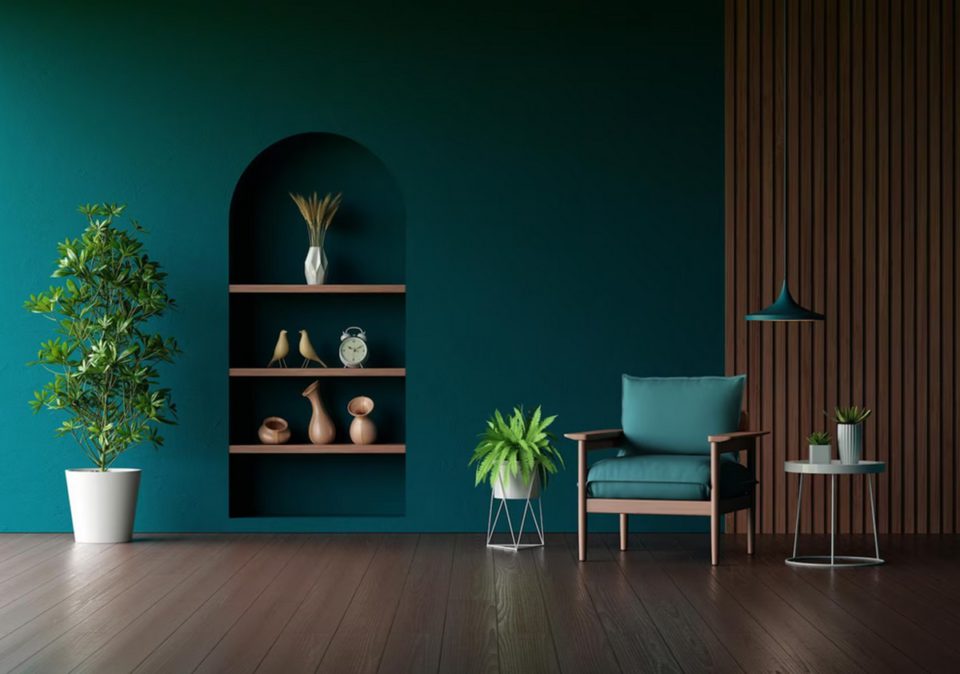In an era where environmental consciousness is paramount, choosing sustainable home furniture is not just a style choice, but a step towards a greener future. This guide will navigate you through the essentials of selecting sustainable home furniture, emphasising the importance of materials, manufacturing processes, and end-of-life considerations. By making informed decisions, you can create a home that is not only stylish and comfortable but also eco-friendly and responsible.
Understanding Sustainable Materials
The cornerstone of sustainable furniture lies in its materials. Look for furniture made from renewable resources such as bamboo, reclaimed wood, or certified sustainable wood. These materials are harvested responsibly, ensuring minimal impact on the environment. Recycled materials, such as plastics and metals, are also excellent choices, turning potential waste into functional and stylish furniture. Natural fibres like organic cotton or wool for upholstery are preferable over synthetic alternatives due to their biodegradability and lower environmental impact.
Eco-Friendly Manufacturing Processes
The manufacturing process of furniture significantly affects its sustainability. Seek out brands that employ eco-friendly practices, such as using renewable energy, minimising waste, and avoiding harmful chemicals. Low-VOC (Volatile Organic Compounds) finishes and adhesives are better for the environment and your health. Ethical labour practices are also an important aspect of sustainable manufacturing. Supporting companies that are transparent about their manufacturing processes not only ensures that you are investing in eco-friendly products but also promotes responsible industry practices.
Durability and Timelessness
Sustainable furniture should not only be environmentally friendly but also durable. Investing in high-quality, well-crafted pieces ensures longevity, reducing the need for frequent replacements and thereby diminishing waste. Additionally, choosing timeless designs over trendy ones can prolong the furniture’s lifecycle. Opt for classic, versatile styles that can adapt to various interior trends. Regular maintenance can also extend the lifespan of your furniture, making it a more sustainable choice in the long run.
Consider the End-of-Life of the Furniture
When selecting sustainable furniture, consider its end-of-life. Opt for furniture that can be easily recycled or biodegraded. Modular designs that can be disassembled are preferable as they are easier to recycle. Additionally, consider furniture that can be repurposed or upcycled. The ability to refurbish, repaint, or reupholster pieces can give them a new lease on life, delaying their entry into the waste stream. Brands that offer take-back or recycling programs for their products are also worth considering.
Incorporating Sustainable Furniture into Your Home
Integrating sustainable furniture into your home goes beyond just selecting eco-friendly pieces. It’s about creating a holistic environment that reflects a commitment to sustainability. Combine sustainable furniture with other eco-friendly practices, such as using energy-efficient lighting, natural rugs, and decorating with indoor plants. Be mindful of overconsumption; only buy what you truly need. Second-hand and vintage furniture are also excellent sustainable choices, adding unique character and history to your home while reducing environmental impact.
Conclusion
Choosing sustainable home furniture is a meaningful step towards reducing your environmental footprint and promoting a healthier planet. By prioritising sustainable materials, eco-friendly manufacturing, durability, and end-of-life considerations, you can create a home that is both beautiful and responsible. Remember, sustainable living extends beyond furniture choices; it encompasses your overall lifestyle and values. Embrace sustainability in your home by making thoughtful choices that balance aesthetics, functionality, and environmental responsibility, creating a space that is not only comfortable and stylish but also reflective of a commitment to a greener, more sustainable future.
